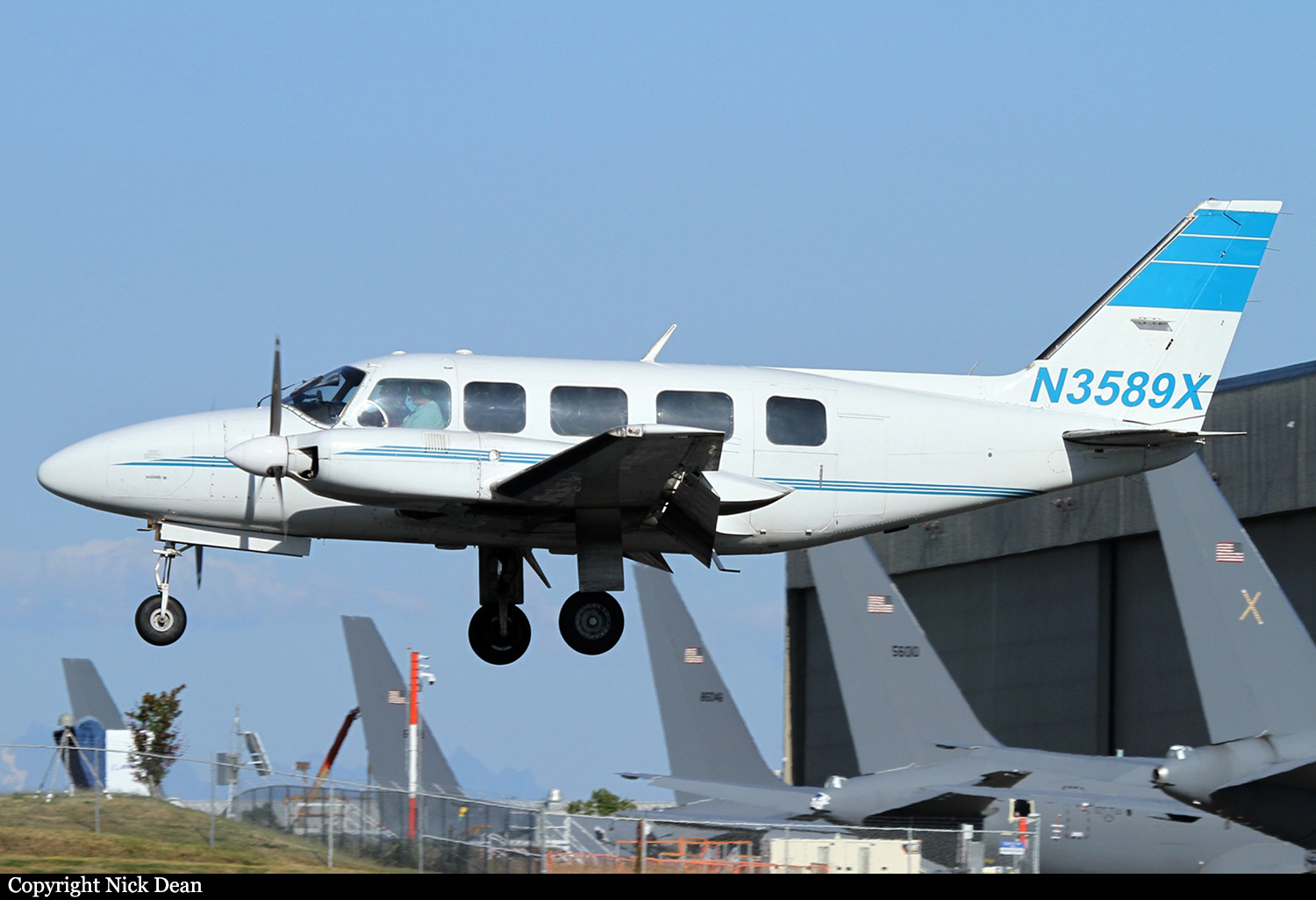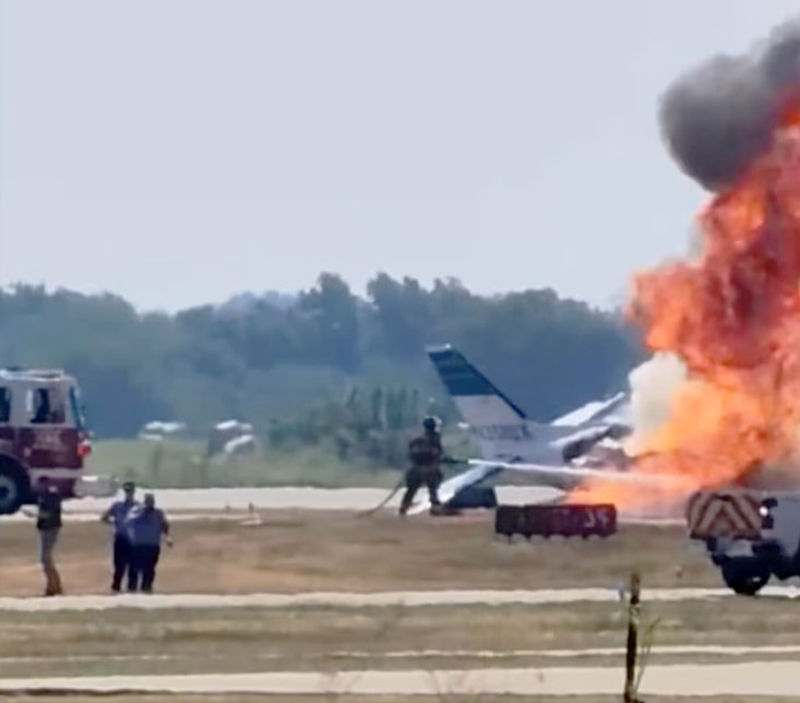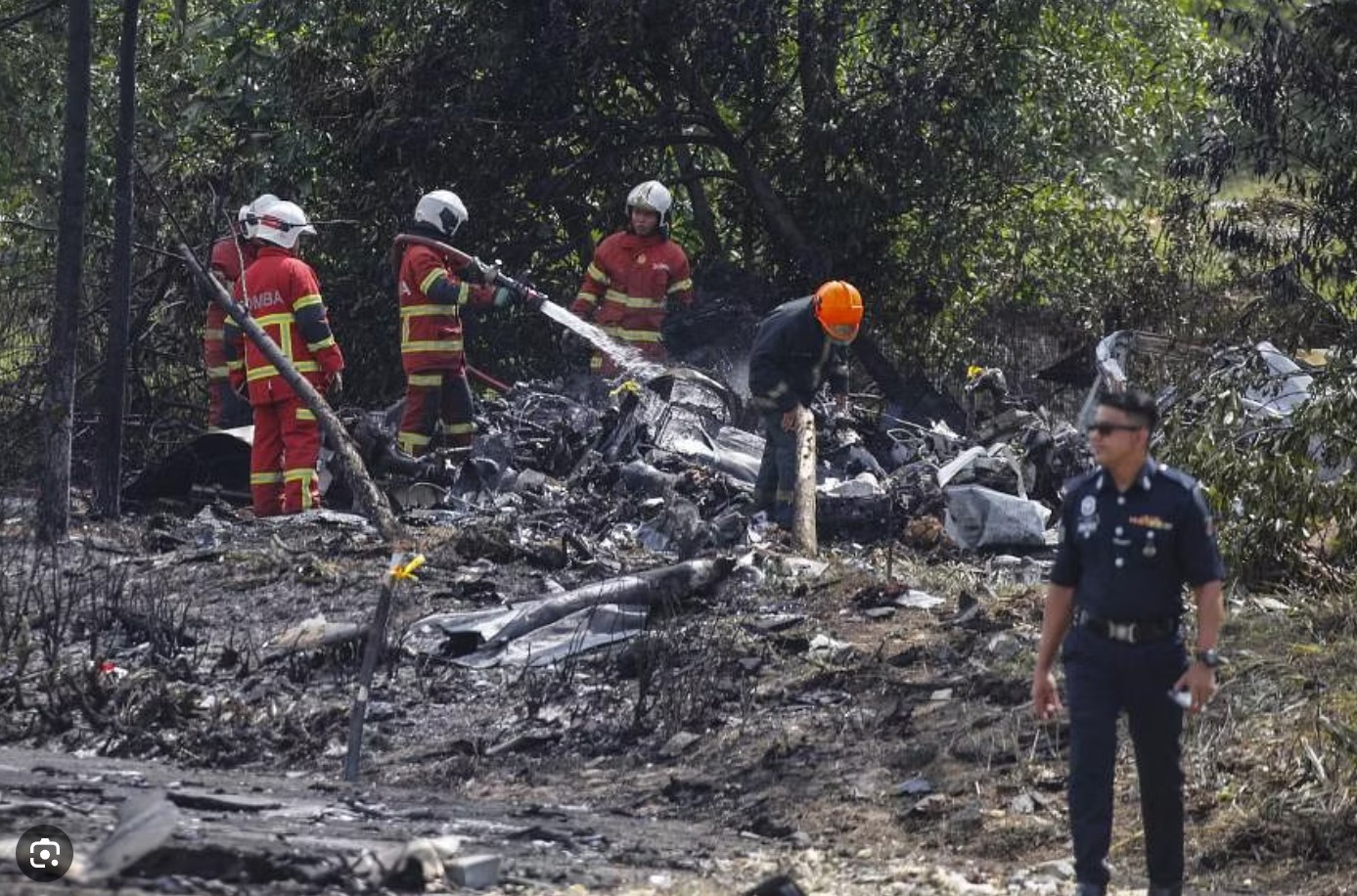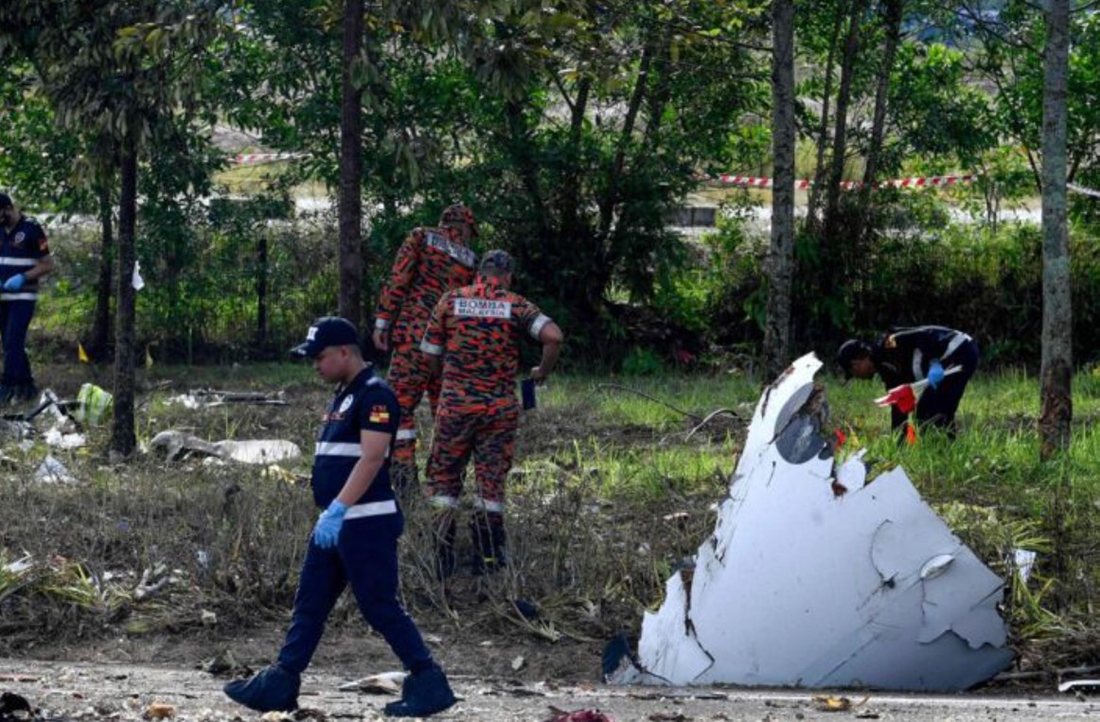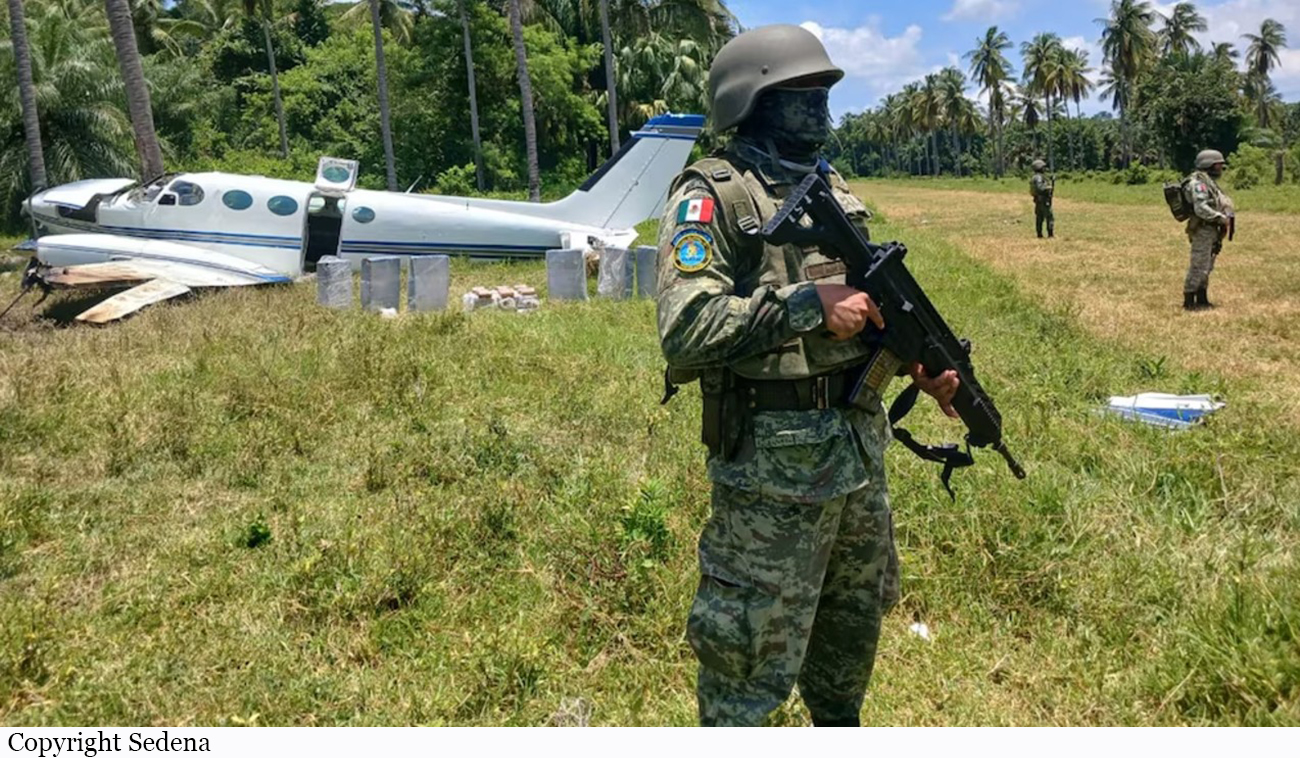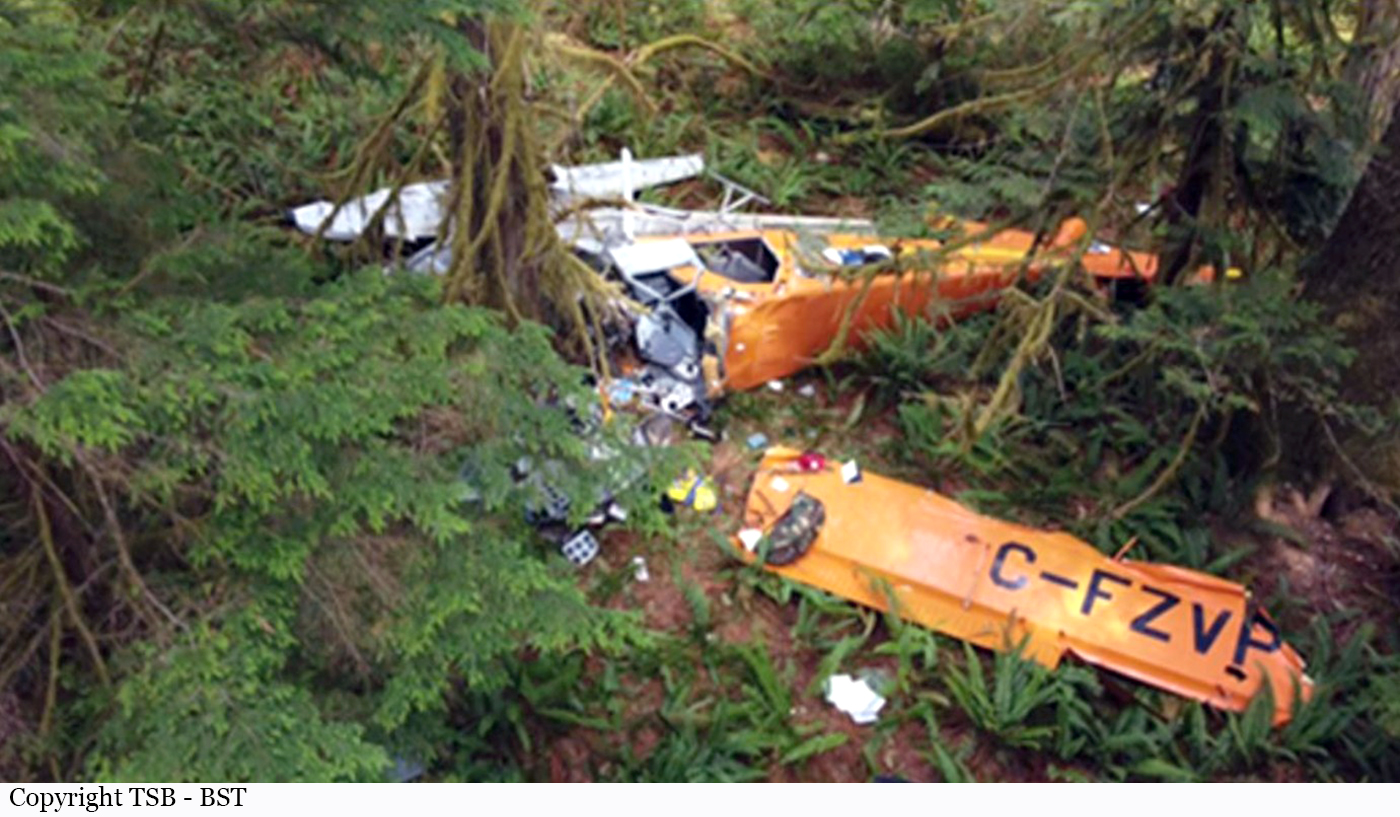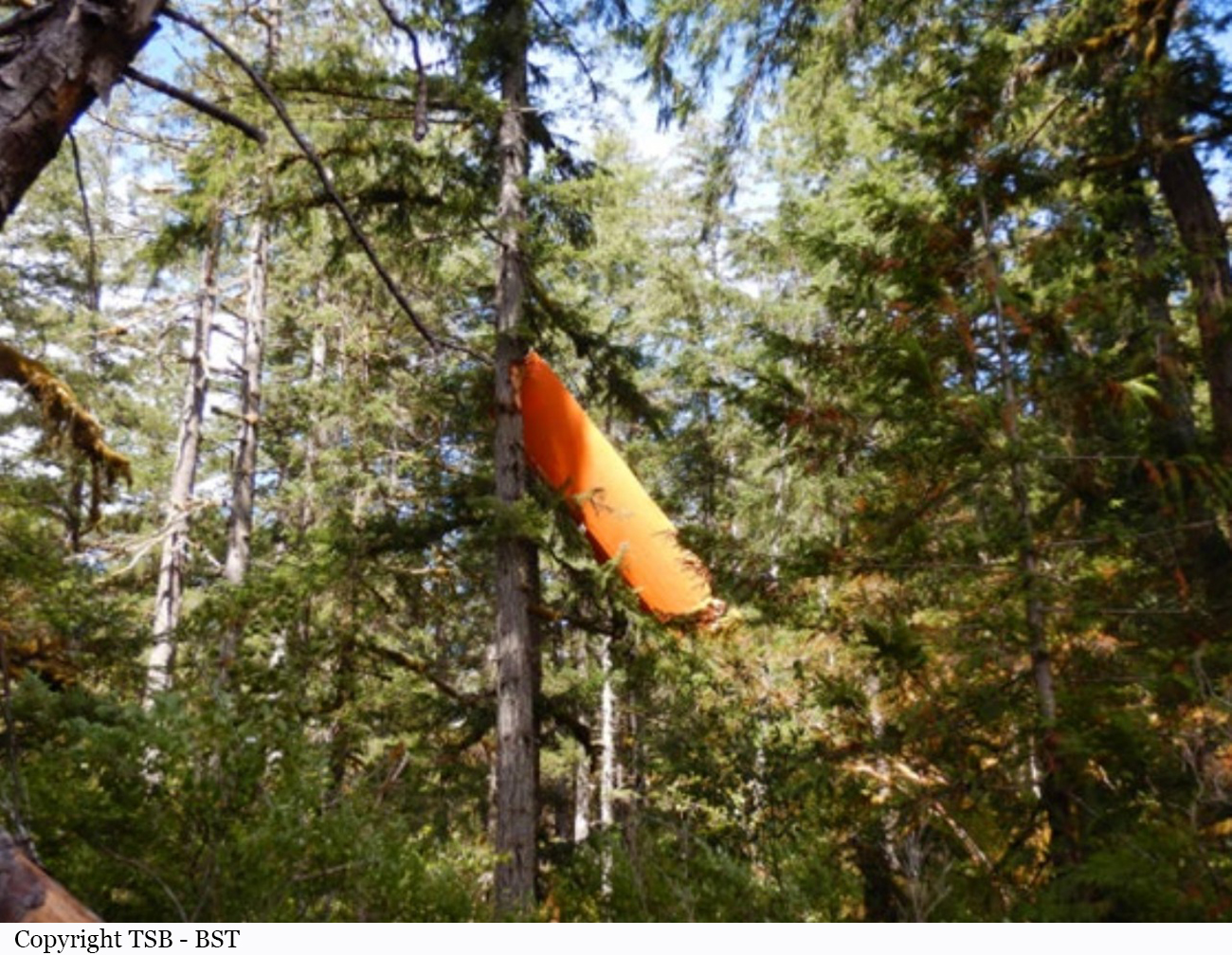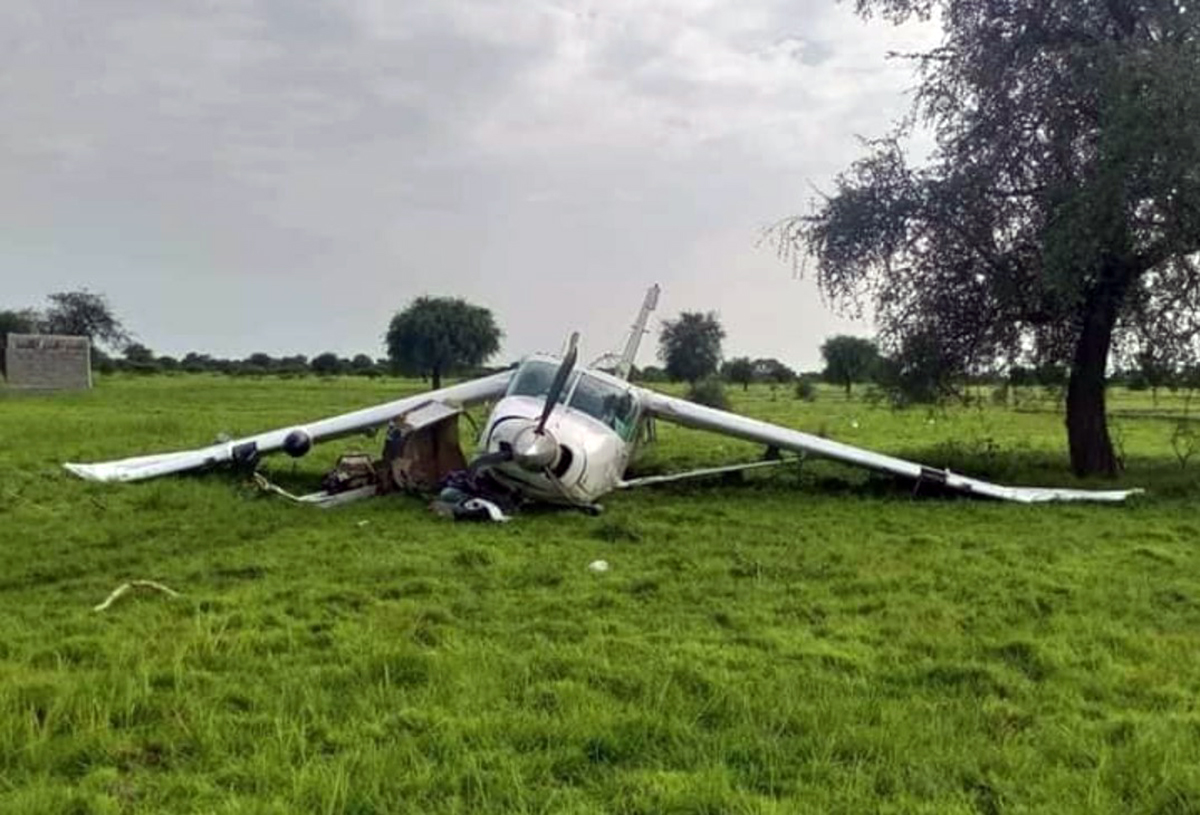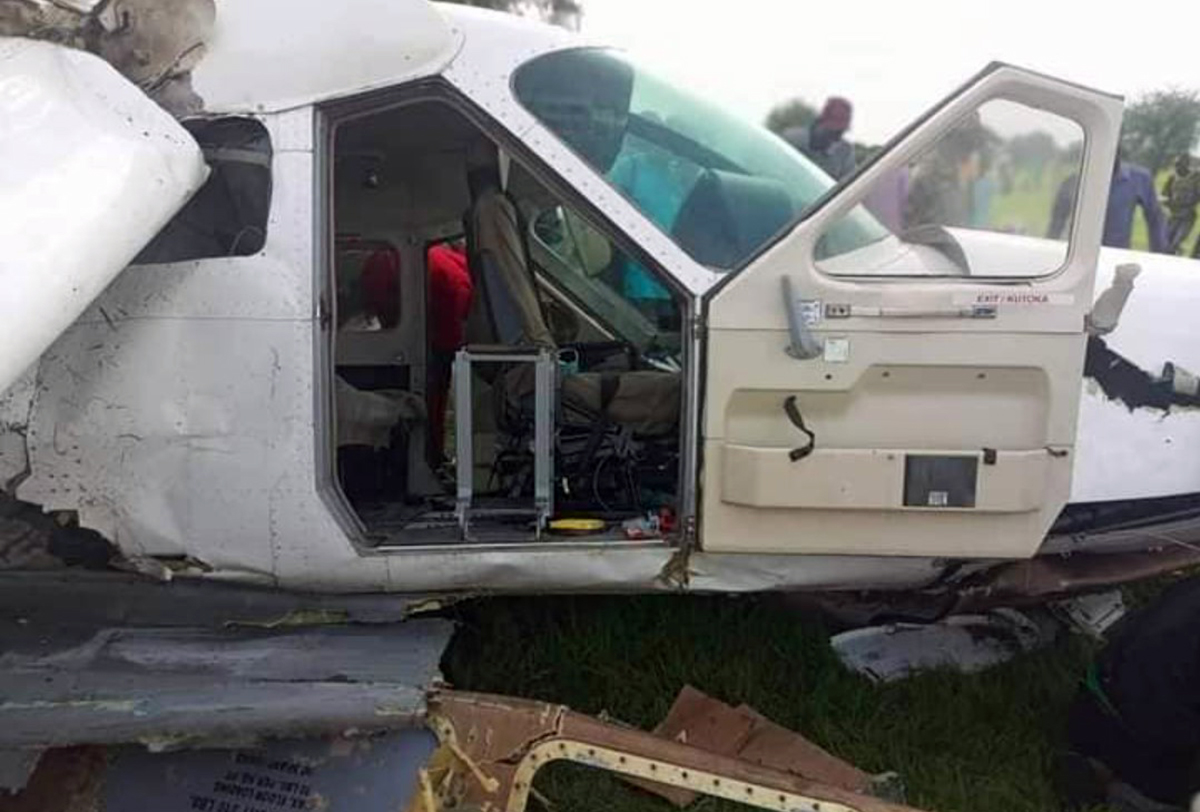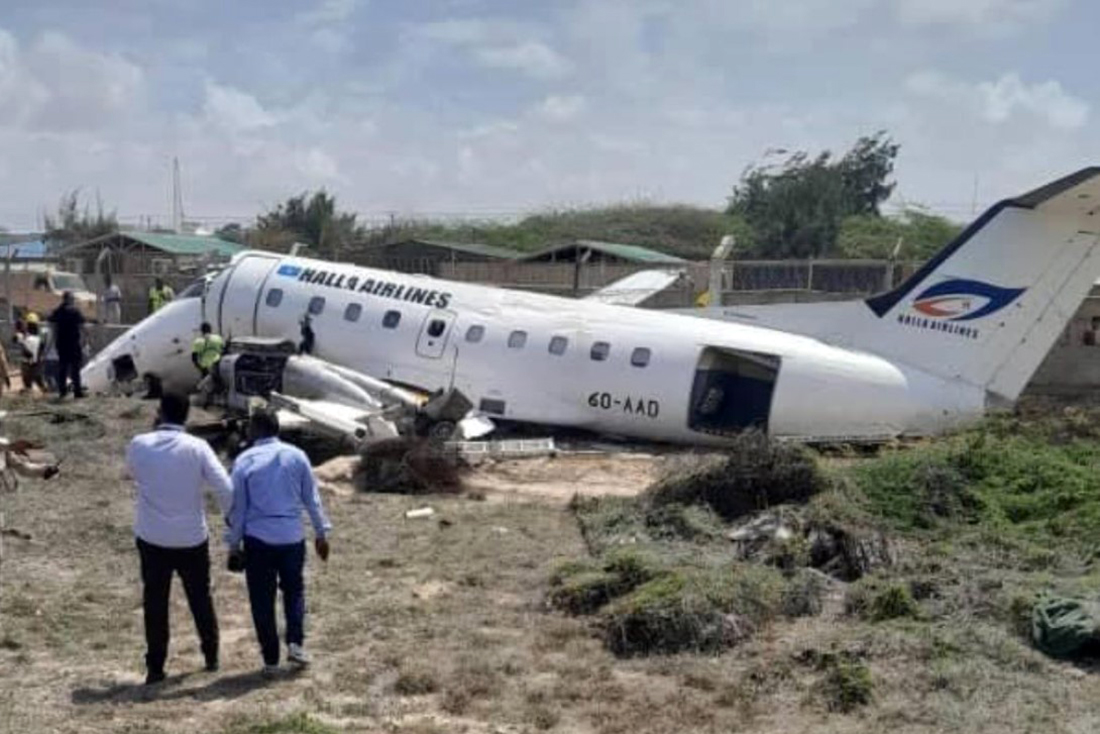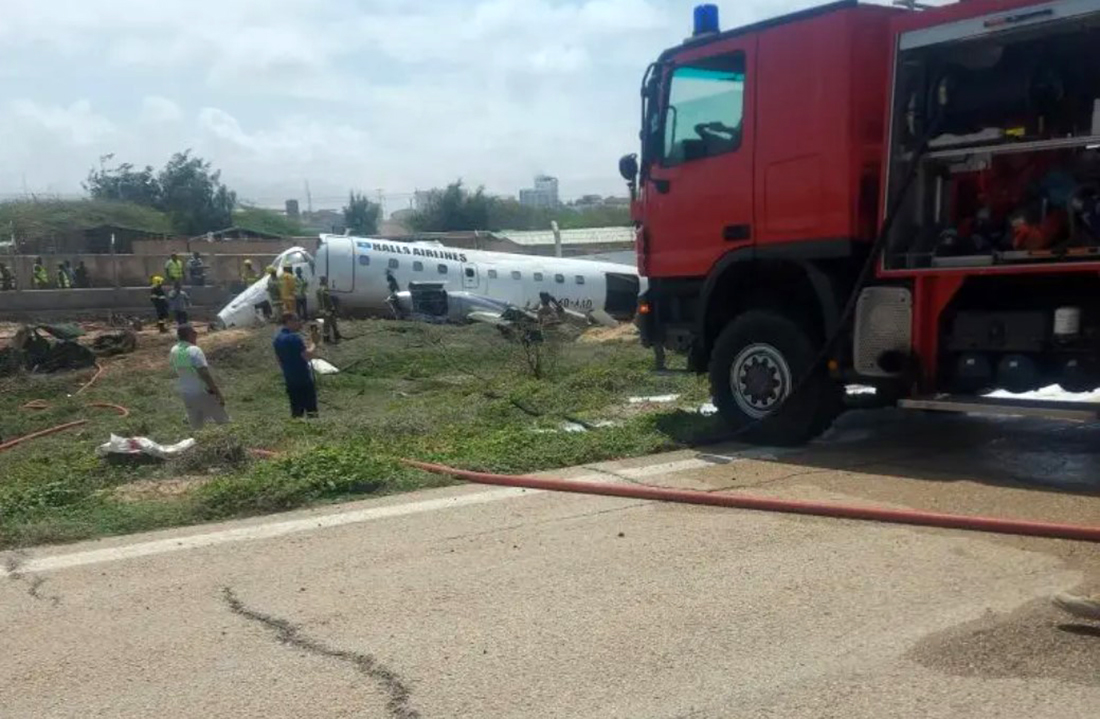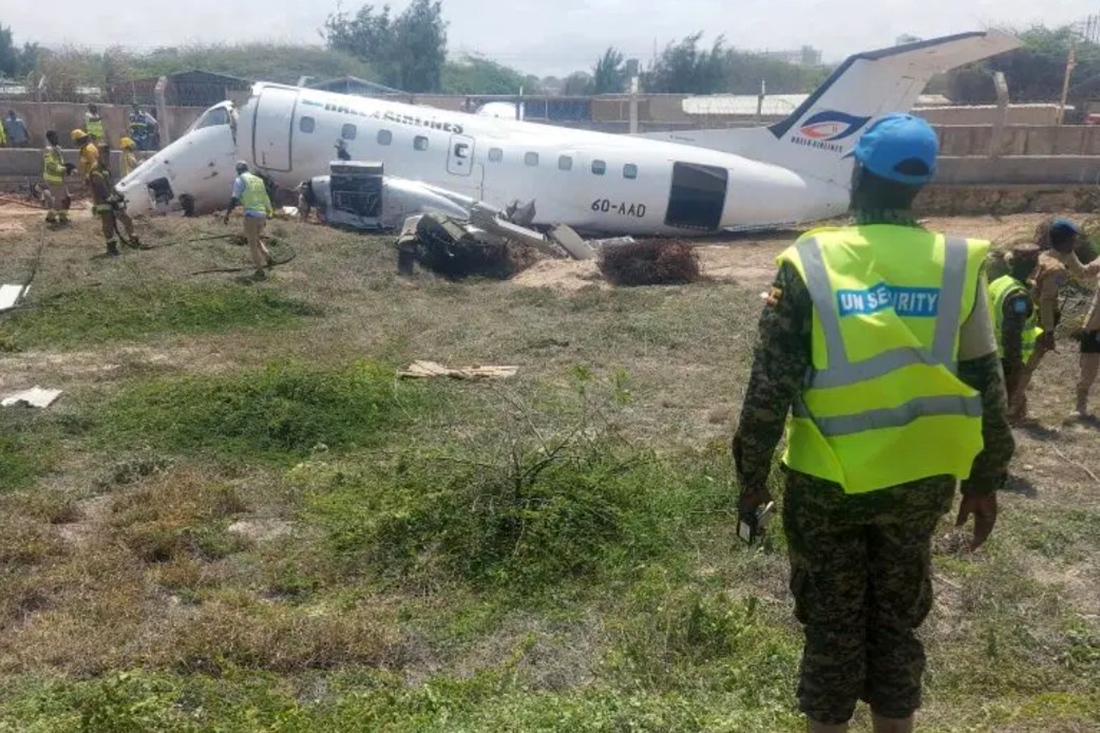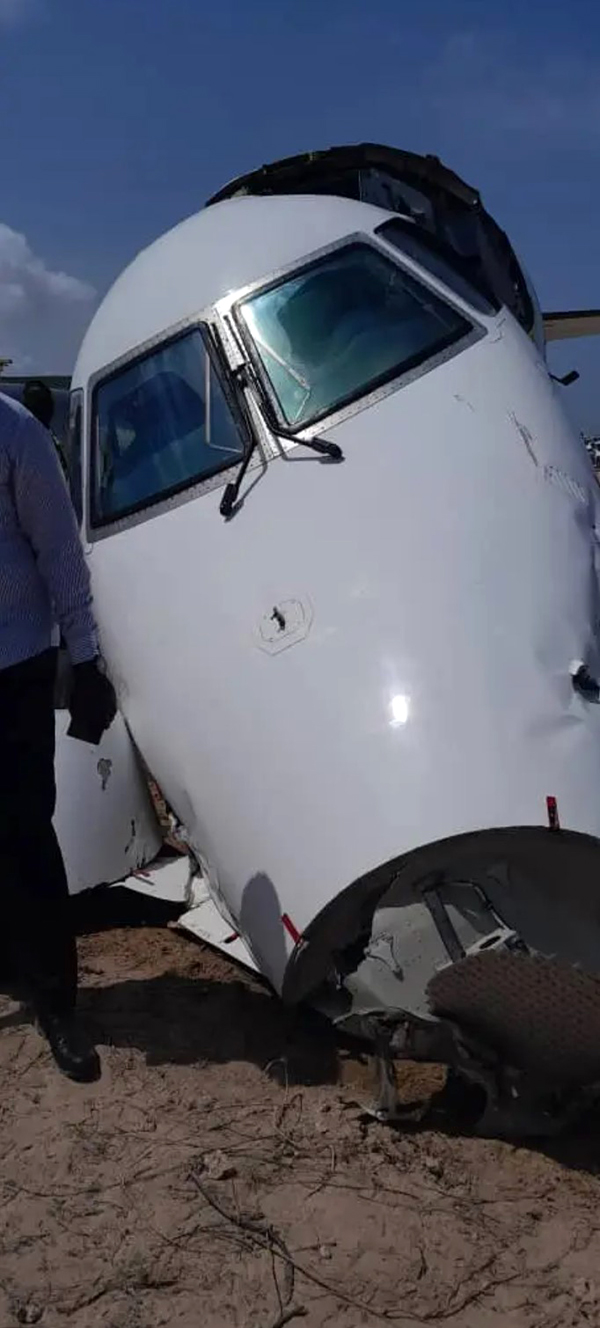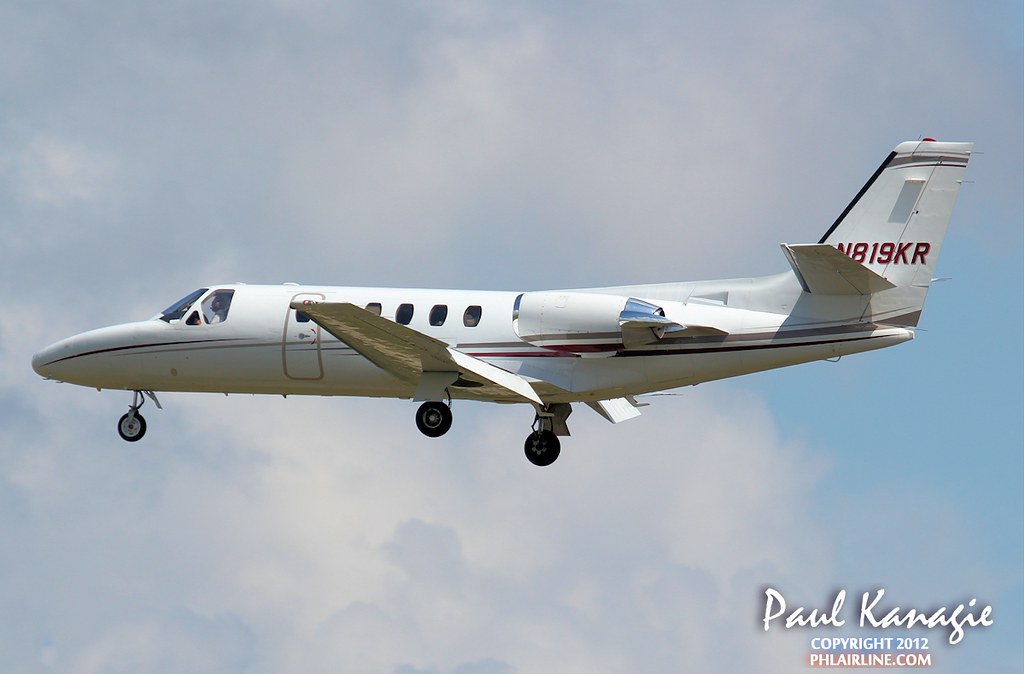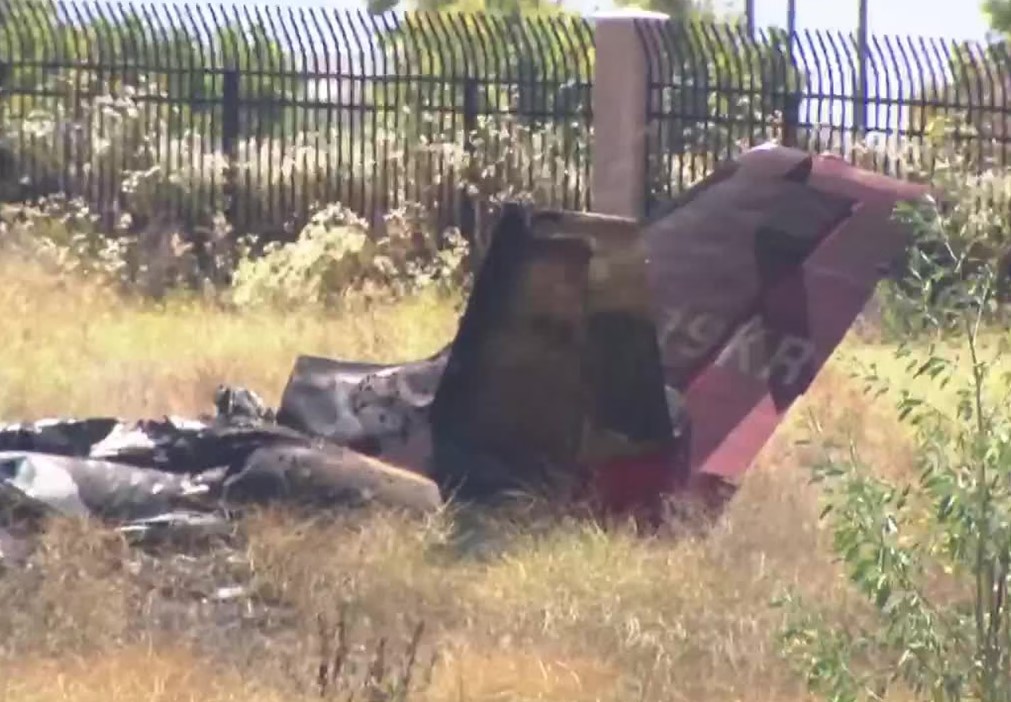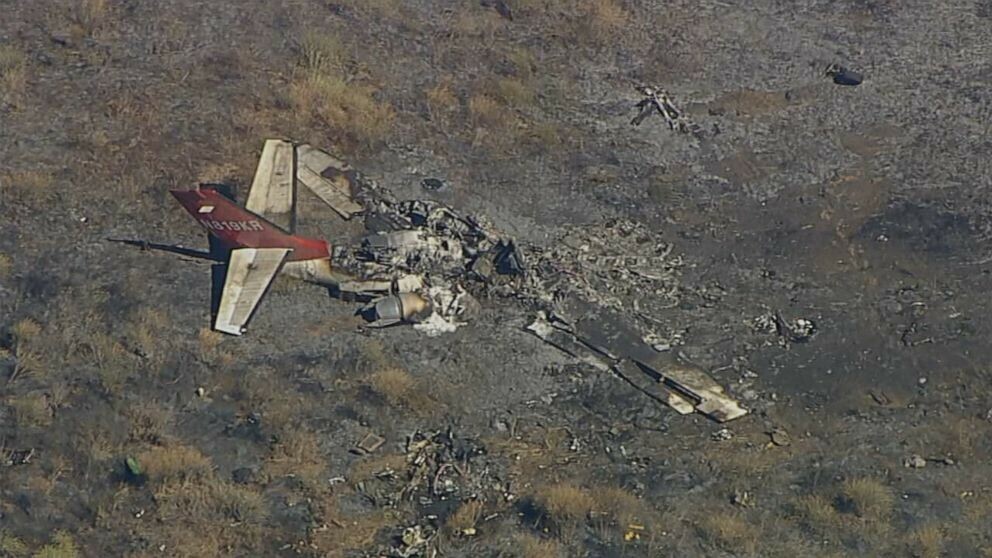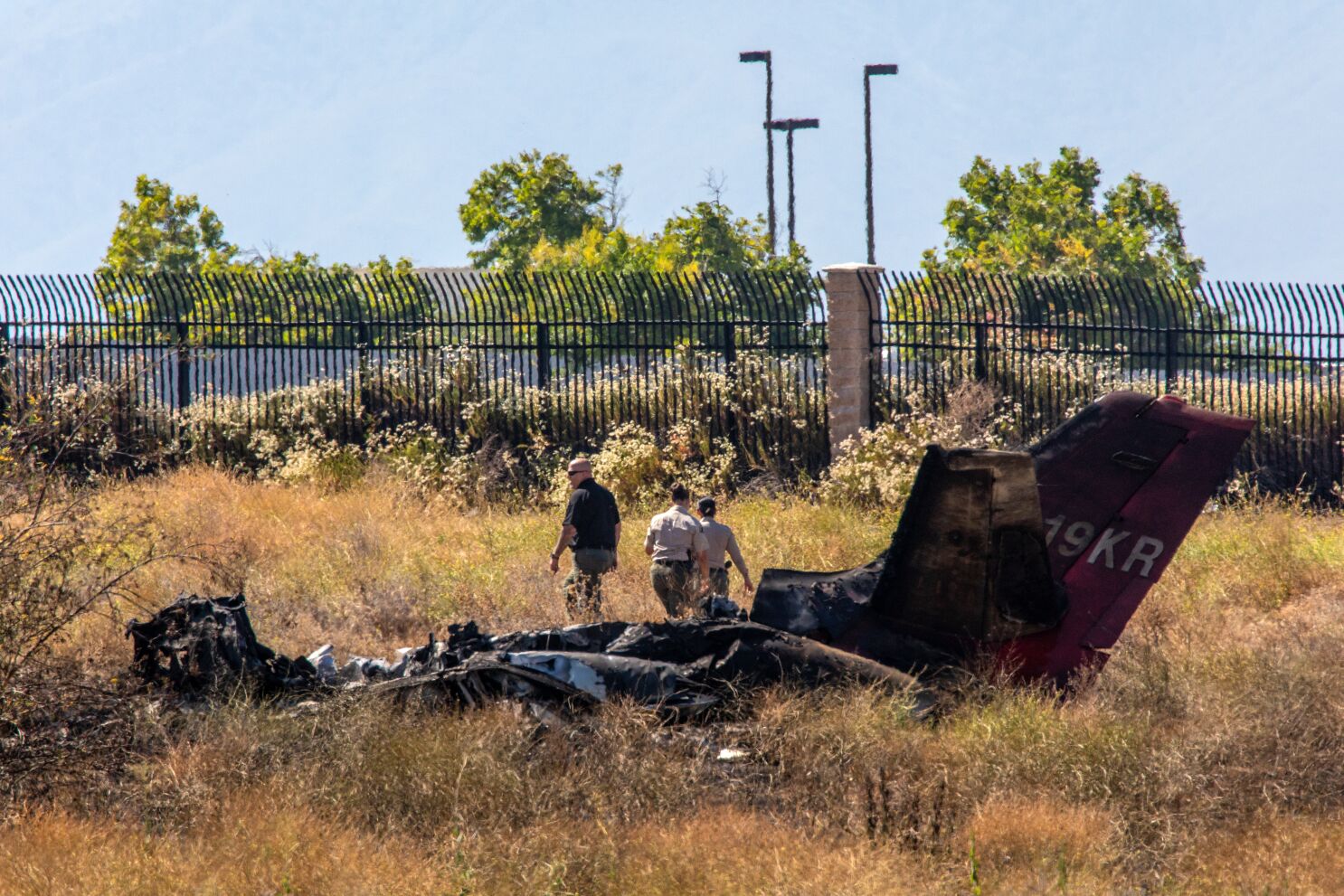Crash of an IAI 1125 Astra SP in Chicago
Date & Time:
Aug 21, 2023 at 1315 LT
Registration:
N39TT
Survivors:
Yes
Schedule:
Aspen – Chicago
MSN:
053
YOM:
1991
Crew on board:
2
Crew fatalities:
Pax on board:
0
Pax fatalities:
Other fatalities:
Total fatalities:
0
Aircraft flight hours:
8307
Circumstances:
On August 21, 2023, about 1315 central daylight time, an Israel Aircraft Industries 1125 Westwind Astra airplane, N39TT, sustained substantial damage when it was involved in an accident near Wheeling, Illinois. The pilot and co-pilot were not injured. The airplane was operated as a Title 14 Code of Federal Regulations Part 91 positioning flight. According to the flight crew, they were cleared to land on runway 16 at Chicago Executive Airport, Wheeling, Illinois, and the airplane touched down within the touchdown zone. The pilot applied the brakes and deployed the thrust reversers. The pilot applied additional brake pressure and “found they were not grabbing.” The pilot released the brakes and reapplied brake pressure with no effect and advised the co-pilot he had no brakes. The co-pilot applied his brakes with no effect. The pilot selected the emergency brake handle and applied emergency braking. The pilot reported the emergency braking produced some slowing, and with the airplane’s nose wheel tiller, he attempted a right turn to exit the runway onto the 45° taxiway D, which he thought provided additional stopping distance. Due to the airplane’s energy and momentum, the airplane slid off the taxiway and into the adjacent grass. The airplane’s right main landing gear collapsed, and the airplane came to rest upright.





